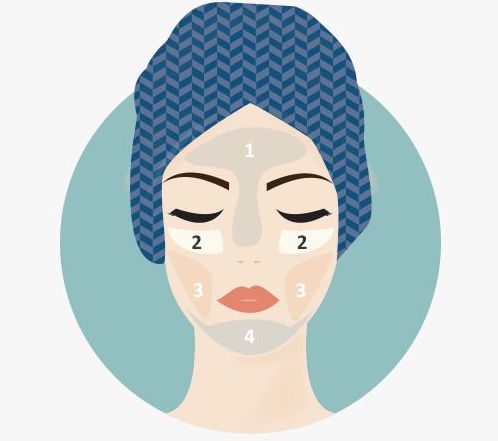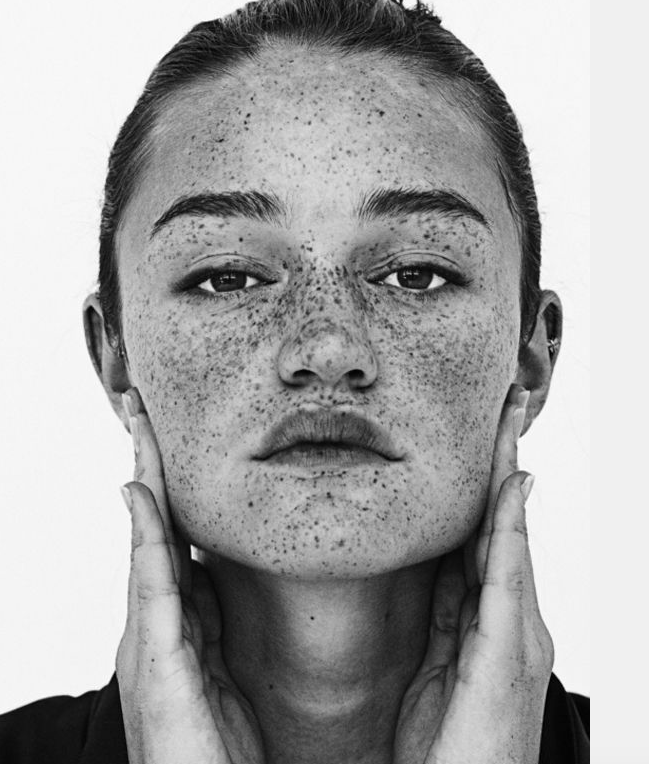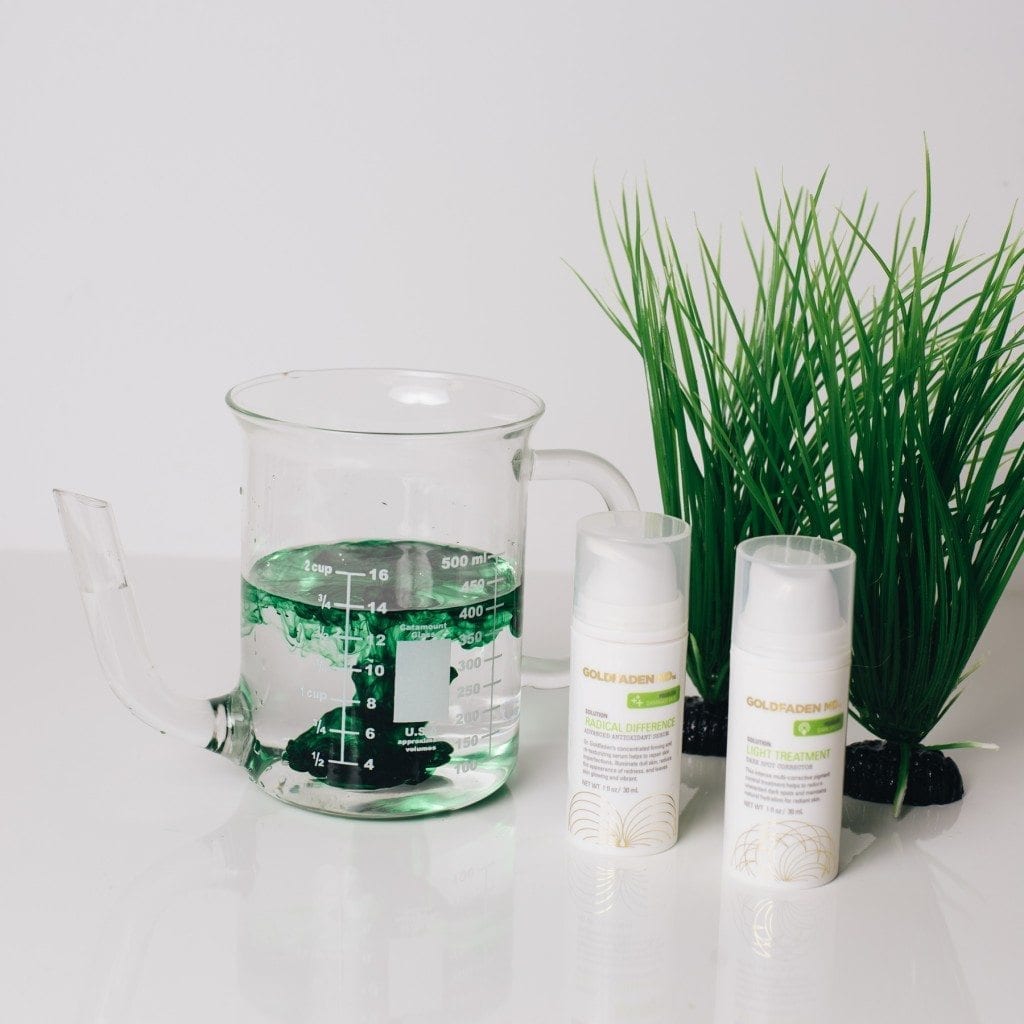
Exfoliation– The beginning of every successful skincare regime starts with exfoliation. Exfoliation is key – You would be surprised how much smoother and brighter just one exfoliating treatment can do for your skin. Regular exfoliation, the removal of dead surface skin cells, dirt and oils greatly reduces the appearance of discoloration, fine lines and dull, lack-luster skin and prevents from future breakouts. It also allows topical products, particularly super potent treatment serums, applied onto the skin afterwards to penetrate deeper, increasing the overall treatment. Our coveted Doctors Scrub is a must have.
Moisturizing– Hydration is crucial in the fight against aging. Look for ingredients that hydrate and repair. Plant stem cells are powerful ingredients that hydrate and repair damaged, aging, sagging skin. Organic Red Tea extract also restores important anti-oxidants to the skin. Our Plant Profusion Night Cream contains powerful multi-functional anti-aging formula combines potent plant stem cells, antioxidants, and nourishing plant extracts to provide superior hydrating, firming and restoring skin treatment benefits. Supreme functioning Raspberry and Comfrey plant stem cell extracts along with Birds of Paradise extract promote skin cell longevity, skin detoxification, increase healthy skin function, and improve the appearance of fine lines. Developed specifically for dehydrated, sagging skin that has lost elasticity.
Radiance boosting– Exfoliation is the first step to radiant skin. Whether a physical scrub or a chemical peel (Lactic Acid, Ferulic, Glycolic), exfoliation will make the skin glow and also allow radiance boosting treatments to penetrate deeper. Essential radiance ingredients to look for –Hyaluronic Acid, Mongogo oil, Vitamins A, C and E, Birds of Paradise and Pink Grapefruit oil just to name a few. Our Fleuressence Native Botanical Cell Oil delivers Added powerful oils – Kalahari Oil, Mongongo Oil and Baobab Oil – protect and shield the skin against environmental stresses, support the rejuvenation and renewing of skin cells, improve skin elasticity and promote accelerated skin cell turnover. Skin is left glowing, hydrated and plump.
Banishing cellulite– Eating a clean balanced diet, exercise (circulation, blood flow and muscle mass) and drinking water are the best ways to combat cellulite. Dry brushing can be helpful in the appearance of cellulite. Not only does dry brushing exfoliate and allow for smoother appearing skin but it also helps breakup toxins trapped in the body and increases circulation.
Combating eczema– know the triggers that aggravate your Eczema. Dust, temperature, heat, food etc. then try and live tour life by avoiding these best you can. For example, if heat is a trigger, always try and run the air conditioner in your home. If cold weather is your trigger, then always use a humidifier inside your home to keep skin hydrated and cool.
Read ingredient labels and be smart about what you’re applying to the skin. Don’t scratch itchy red skin. Exfoliation is always a tricky subject with Eczema sufferers. A chemical exfoliant is better than a physical as it won’t tear or cause additional redness to the skin. Our Fresh A Peel is safe for Eczema sufferers. Lactic acid and fruit acids help to remove dead skin cells and provide a glowing complexion. Always speak with your physician and test a little on your skin before using any new product.
Psoriasis – very often can be stress or trauma related. Again, know your triggers. See a Dermatologist to find out which treatment is best for you.
Acne– Exfoliation, eating a clean diet, proper topical products. Our Doctors Scrub Advanced will help keep pores clean and skin clear. Ruby crystals remove dead skin cells, dirt and bacteria. If you are developing acne on the chest or back area (jog bra back-ne), always remember to shower after working out. This is a major culprit of body acne as bacteria grows form the sweat and dirt on the skin.
Sun damage prevention.- Reapplication every hour when in direct sunlight and up to three times daily (AM/Mid—day/Afternoon) when going in and out of indoor/outdoor areas. As a general rule of thumb: if you are going to be outside for 20 minutes or more, SPF is recommended and I always recommend an SPF of at least a 30 in any case. SPF safe clothing, hats and glasses are crucial.



